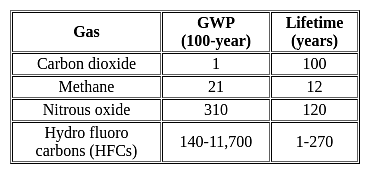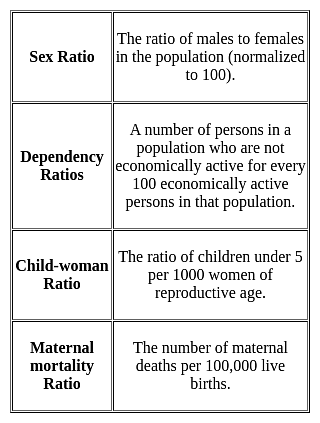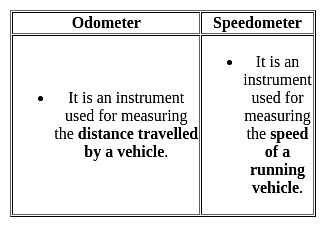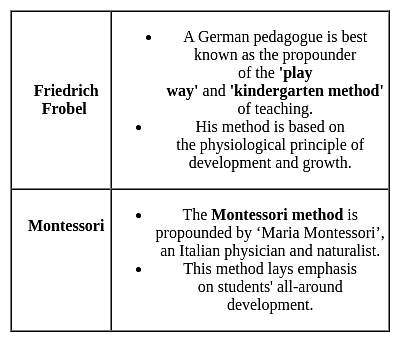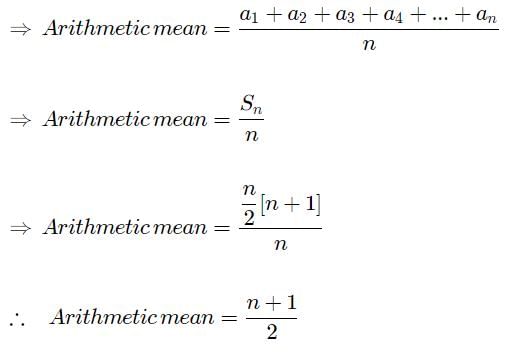HSSC PGT/TGT Exam > HSSC PGT/TGT Tests > HSSC TGT Math Mock Test - 3 - HSSC PGT/TGT MCQ
HSSC TGT Math Mock Test - 3 - HSSC PGT/TGT MCQ
Test Description
30 Questions MCQ Test - HSSC TGT Math Mock Test - 3
HSSC TGT Math Mock Test - 3 for HSSC PGT/TGT 2025 is part of HSSC PGT/TGT preparation. The HSSC TGT Math Mock Test - 3 questions and answers have been prepared
according to the HSSC PGT/TGT exam syllabus.The HSSC TGT Math Mock Test - 3 MCQs are made for HSSC PGT/TGT 2025 Exam.
Find important definitions, questions, notes, meanings, examples, exercises, MCQs and online tests for HSSC TGT Math Mock Test - 3 below.
Solutions of HSSC TGT Math Mock Test - 3 questions in English are available as part of our course for HSSC PGT/TGT & HSSC TGT Math Mock Test - 3 solutions in
Hindi for HSSC PGT/TGT course.
Download more important topics, notes, lectures and mock test series for HSSC PGT/TGT Exam by signing up for free. Attempt HSSC TGT Math Mock Test - 3 | 100 questions in 95 minutes | Mock test for HSSC PGT/TGT preparation | Free important questions MCQ to study for HSSC PGT/TGT Exam | Download free PDF with solutions
HSSC TGT Math Mock Test - 3 - Question 1
Which color of bins is used for non-biodegradable waste?
Detailed Solution for HSSC TGT Math Mock Test - 3 - Question 1
Detailed Solution for HSSC TGT Math Mock Test - 3 - Question 2
HSSC TGT Math Mock Test - 3 - Question 3
The best feedback about mis-learning is obtained through :
Detailed Solution for HSSC TGT Math Mock Test - 3 - Question 3
Detailed Solution for HSSC TGT Math Mock Test - 3 - Question 4
HSSC TGT Math Mock Test - 3 - Question 5
What type of soil is found on the hills of Morni in the state?
Detailed Solution for HSSC TGT Math Mock Test - 3 - Question 5
HSSC TGT Math Mock Test - 3 - Question 6
Munak canal which was situated in Haryana originates from which district of Haryana?
Detailed Solution for HSSC TGT Math Mock Test - 3 - Question 6
Detailed Solution for HSSC TGT Math Mock Test - 3 - Question 7
HSSC TGT Math Mock Test - 3 - Question 8
In which year, "Water Conservation Mission" was started by Govt. of Haryana?
Detailed Solution for HSSC TGT Math Mock Test - 3 - Question 8
HSSC TGT Math Mock Test - 3 - Question 9
Which one of the following sportspersons from Haryana is related to some other sports than the other three mentioned?
Detailed Solution for HSSC TGT Math Mock Test - 3 - Question 9
HSSC TGT Math Mock Test - 3 - Question 10
Which district in Haryana ranked first in the 7-star gram panchayat rainbow scheme?
Detailed Solution for HSSC TGT Math Mock Test - 3 - Question 10
Detailed Solution for HSSC TGT Math Mock Test - 3 - Question 11
Detailed Solution for HSSC TGT Math Mock Test - 3 - Question 12
HSSC TGT Math Mock Test - 3 - Question 13
Killpatrick is associated with which of the following teaching methods?
Detailed Solution for HSSC TGT Math Mock Test - 3 - Question 13
HSSC TGT Math Mock Test - 3 - Question 14
Physical and emotional health of children ______ their learning.
Detailed Solution for HSSC TGT Math Mock Test - 3 - Question 14
HSSC TGT Math Mock Test - 3 - Question 15
Using prior experience to manage new situations and experiences demands to a student being _______.
Detailed Solution for HSSC TGT Math Mock Test - 3 - Question 15
HSSC TGT Math Mock Test - 3 - Question 16
Who called the Brahma Sarovar of Haryana as a miniature sea?
Detailed Solution for HSSC TGT Math Mock Test - 3 - Question 16
HSSC TGT Math Mock Test - 3 - Question 17
The curriculum should include subjects and activities useful for children in the present life and in the future. On which principle of curriculum development does this idea align?
Detailed Solution for HSSC TGT Math Mock Test - 3 - Question 17
Detailed Solution for HSSC TGT Math Mock Test - 3 - Question 18
Detailed Solution for HSSC TGT Math Mock Test - 3 - Question 19
HSSC TGT Math Mock Test - 3 - Question 20
The angle described b the minute hand between 4.00 pm and 4.25 pm is
Detailed Solution for HSSC TGT Math Mock Test - 3 - Question 20
HSSC TGT Math Mock Test - 3 - Question 21
The number of all the possible matrices of order 2 × 2 with each entry 0, 1 or 2 is
Detailed Solution for HSSC TGT Math Mock Test - 3 - Question 21
Detailed Solution for HSSC TGT Math Mock Test - 3 - Question 22
Detailed Solution for HSSC TGT Math Mock Test - 3 - Question 23
Detailed Solution for HSSC TGT Math Mock Test - 3 - Question 24
Detailed Solution for HSSC TGT Math Mock Test - 3 - Question 25
Detailed Solution for HSSC TGT Math Mock Test - 3 - Question 26
Detailed Solution for HSSC TGT Math Mock Test - 3 - Question 27
Detailed Solution for HSSC TGT Math Mock Test - 3 - Question 28
Detailed Solution for HSSC TGT Math Mock Test - 3 - Question 29
HSSC TGT Math Mock Test - 3 - Question 30
Mean of the squares of the deviations from mean is called the:
Detailed Solution for HSSC TGT Math Mock Test - 3 - Question 30
View more questions
Information about HSSC TGT Math Mock Test - 3 Page
In this test you can find the Exam questions for HSSC TGT Math Mock Test - 3 solved & explained in the simplest way possible.
Besides giving Questions and answers for HSSC TGT Math Mock Test - 3, EduRev gives you an ample number of Online tests for practice
Download as PDF



